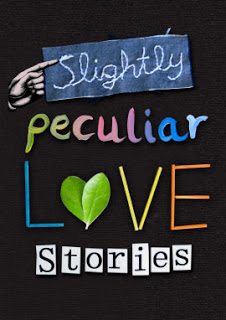My Earthdawn novel Anarya’s Secret, published in December 2007, now has a new home page on the revamped site of RedBrick, which has just released the Earthdawn 3rd edition. You can now find Anarya’s Secret here:
http://www.redbrick-limited.com/cms/index.php?categoryid=67&book_id=12
Here’s the first few paragraphs of Anarya’s Secret, to give you an idea of what the book, and Earthdawn, are about:
Anarya’s Secret – Prologue
We all have to eat.
Anarya grew up in a community sliding down the long slope to extinction. She played with toys handed down through the generations, and followed her parents from plaza to farm, from farm to market stall, from market stall to plaza, without wondering why there were so few other children, or why the lights were dim, or why so much of her world was shadow and silence. And as for the sun and the sky, she never thought of them, for she had never seen them.
Fifteen generations ago, the ancestors of her ancestors lived in the fertile valley of the river then known as the Volost, which rose on the northern flanks of the Tylon Mountains. There they farmed, and sometimes fought. They traded with the human communities of the Tylon and the t‘skrang of the Serpent River, and did not give undue thought to the future.
Then emissaries from the Theran Empire came among them and told them of the coming Scourge: the time when the magical potential of the world would be so great that Horrors from other dimensions would be able to enter and ravage it, devouring bodies, devouring minds. The people of the Volost took a lot of persuasion, but the Therans were persistent; and as the years went by, even farmers who never stirred from their soil could no longer deny the reports that reached them from north and south, of terrible things gathering at the margins of the inhabited lands, and breaking through to wreak havoc on the innocent and the ill prepared.
So the elders of the villages along the Volost swallowed their pride and began the construction of Kaer Volost within the mountains at the valley‘s head. They paid a high price in coin and freedom, but they built well, hewing as closely as possible to the Theran plan; and when the time came, they retreated behind their orichalcum doors and prepared to wait out the Scourge deep within the rock.
The doors and the barriers, both magical and physical, held against the worst that came to their world. Even as their valley was turned from fertile earth to Horror-haunted wasteland, its people survived deep within the kaer, and recounted their history in the plaza at night, comforting themselves with the hope that, though they would never again see the sun themselves, their far, far descendants would once more walk free on the surface.
But if Kaer Volost was a refuge, it was also a prison: a prison for the souls of the old, living out their days in a growing darkness, and a greater prison for the souls of the young, trapped in a cage they could not escape.
For the first ten generations after the doors were sealed it was, at least, a well-lit and well-provisioned prison. Using natural water and magical light, the people could grow all the food they needed, and though their skins became deathly pale from the absence of sunlight, and their bones were unduly prone to breaking, in most respects they were healthy enough in body.
Then the magic began to fade. Who can say why? It may be that a little knowledge was lost as each generation of magicians and adepts passed on its learning to its successors, until some irrecoverable threshold was crossed. It may be that the loss of magic within the kaer was connected with the loss of magic in the world outside, for it was at this time that the kaer‘s elemental clock first showed movement. The ball of True earth, suspended above its dish of True water, began, infinitesimally, to fall. The closer it got to the water, the less the level of magic was in the world outside; and when it reached the water and dissolved, then the magic in the world outside would have gone too, and with it the Horrors. Then all could rejoice, and throw open the doors of the kaer.
Eventually, the doors do get thrown open. It doesn’t prove to be such a good decision, because we all have to eat …
You can buy Anarya’s Secret online as a hardback, paperback, or e-book (via RPGNow or DriveThru).

